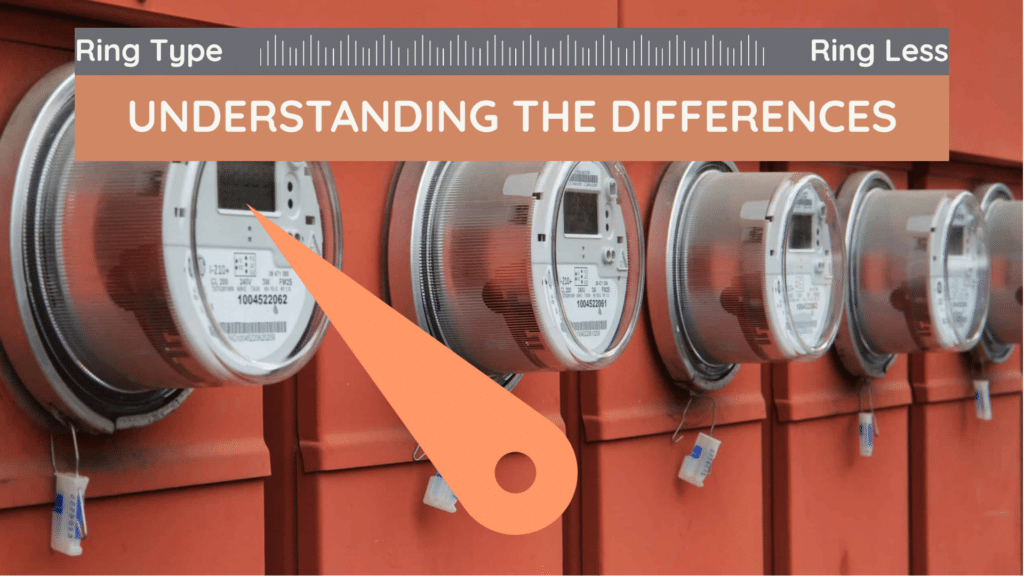Electric meters are an essential part of our daily lives, as they measure and record the amount of electricity consumed by a household or business. With advancements in technology, there are now two types of electric meters: ringless and ring type. In this blog post, we will explore the differences between ringless and ring type electric meters.
Ring Type Electric Meters
Ring type electric meters are the traditional meters that have been used for decades. These meters have a rotating metal disc that spins at a speed proportional to the amount of electricity being consumed. The spinning disc turns gears that record the amount of electricity consumed by the household or business. Ring type electric meters require a physical connection to the service lines of the electric utility company.
Ringless Electric Meters
Ringless electric meters are a newer technology that does not require a physical connection to the service lines of the electric utility company. Instead, they use wireless communication to transmit data back to the utility company. The data is transmitted using cellular networks, satellite communication, or other wireless communication methods.
The main difference between ringless and ring type electric meters is their method of communication with the utility company. Ring type meters require a physical connection to the service lines, while ringless meters use wireless communication.

Advantages of Ringless Electric Meters
Ringless electric meters have several advantages over ring type meters. One of the main advantages is their ability to transmit data wirelessly. This means that the utility company can receive data in real-time, making it easier to monitor the energy usage of households and businesses. Ringless meters also eliminate the need for meter readers to physically visit each household or business to collect data, reducing labor costs for the utility company.
Another advantage of ringless meters is their ability to detect and report power outages. Since they use wireless communication, they can quickly detect when a household or business loses power and report it to the utility company. This allows the utility company to respond quickly and restore power to the affected area.
Disadvantages of Ringless Electric Meters
One disadvantage of ringless electric meters is their cost. Ringless meters are more expensive to install than ring type meters due to their wireless communication capabilities. This cost is often passed on to the consumer in the form of higher electric bills.
Another disadvantage is the potential for hacking. Since ringless meters use wireless communication, there is a risk of them being hacked. This could result in inaccurate data being transmitted to the utility company, leading to incorrect billing for consumers.
Conclusion
In conclusion, ringless and ring type electric meters are two different types of meters used to measure electricity consumption. Ring type meters have been used for decades and require a physical connection to the service lines, while ringless meters use wireless communication to transmit data. While ringless meters have several advantages over ring type meters, such as real-time data transmission and outage detection, they also have some disadvantages, including their higher cost and the potential for hacking. Ultimately, the choice between ringless and ring type meters depends on the specific needs of the utility company and the consumer.







